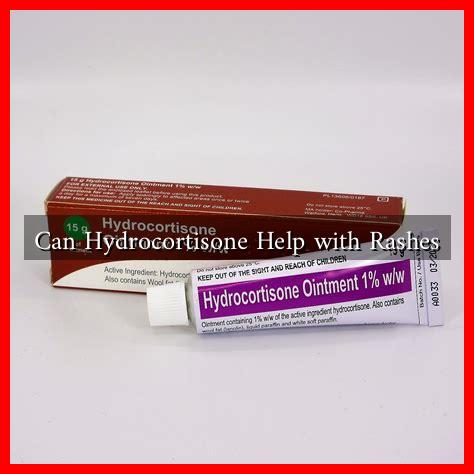-
Table of Contents
Can Hydrocortisone Help with Rashes?
Rashes can be a frustrating and uncomfortable experience for many individuals. They can arise from various causes, including allergies, irritants, infections, and underlying medical conditions. One common treatment option for rashes is hydrocortisone, a topical corticosteroid. This article explores the effectiveness of hydrocortisone in treating rashes, its mechanism of action, potential side effects, and when to seek medical advice.
Understanding Hydrocortisone
Hydrocortisone is a synthetic form of cortisol, a hormone produced by the adrenal glands. It is widely used in dermatology for its anti-inflammatory properties. Hydrocortisone is available in various forms, including creams, ointments, and lotions, and is often used to treat skin conditions such as eczema, psoriasis, and dermatitis.
How Hydrocortisone Works
The primary mechanism of hydrocortisone is its ability to reduce inflammation and suppress the immune response. When applied to the skin, hydrocortisone works by:
- Inhibiting the release of inflammatory substances, such as histamines and prostaglandins.
- Reducing swelling, redness, and itching associated with rashes.
- Promoting the healing of damaged skin by enhancing the skin barrier function.
These properties make hydrocortisone an effective treatment for various types of rashes, particularly those that involve inflammation and irritation.
Types of Rashes Treated with Hydrocortisone
Hydrocortisone can be beneficial for several types of rashes, including:
- Contact Dermatitis: This rash occurs when the skin comes into contact with an irritant or allergen. Hydrocortisone can help alleviate the inflammation and itching.
- Eczema: A chronic condition characterized by dry, itchy skin. Hydrocortisone can provide relief during flare-ups.
- Psoriasis: A chronic autoimmune condition that leads to the rapid growth of skin cells, resulting in thick, scaly patches. Hydrocortisone can help reduce inflammation and scaling.
- Seborrheic Dermatitis: A common skin condition that causes scaly patches and red skin, often on the scalp. Hydrocortisone can help manage symptoms.
Case Studies and Statistics
Research supports the effectiveness of hydrocortisone in treating rashes. A study published in the Journal of Dermatological Treatment found that patients with eczema experienced significant improvement in symptoms after using hydrocortisone cream for four weeks. Another study indicated that 70% of participants with contact dermatitis reported reduced itching and inflammation after using hydrocortisone ointment.
Potential Side Effects
While hydrocortisone is generally safe for short-term use, it can have side effects, especially with prolonged use. Common side effects include:
- Skin thinning (atrophy)
- Stretch marks (striae)
- Increased risk of skin infections
- Allergic reactions
It is essential to follow the recommended dosage and duration of treatment to minimize these risks. Over-the-counter hydrocortisone creams typically contain 0.5% to 1% hydrocortisone, while stronger formulations require a prescription.
When to Seek Medical Advice
While hydrocortisone can be effective for many rashes, it is crucial to consult a healthcare professional if:
- The rash does not improve after a week of treatment.
- The rash worsens or spreads.
- You experience severe itching, pain, or swelling.
- You have a rash accompanied by fever or other systemic symptoms.
In such cases, a healthcare provider may recommend alternative treatments or further evaluation to determine the underlying cause of the rash.
Conclusion
Hydrocortisone can be an effective treatment for various rashes, particularly those characterized by inflammation and irritation. Its anti-inflammatory properties help alleviate symptoms such as redness, swelling, and itching. However, it is essential to use hydrocortisone as directed and be aware of potential side effects. If symptoms persist or worsen, seeking medical advice is crucial for proper diagnosis and treatment. By understanding the role of hydrocortisone in managing rashes, individuals can make informed decisions about their skin health.

